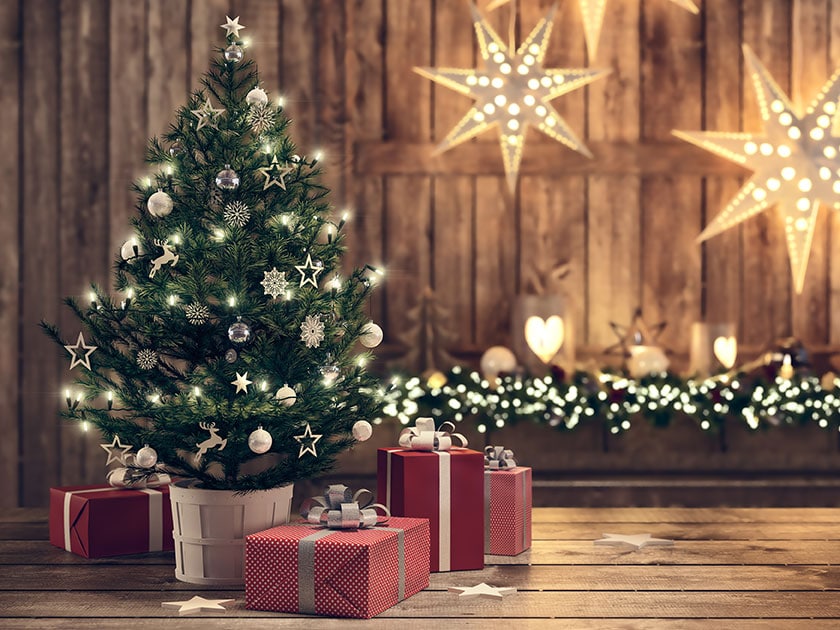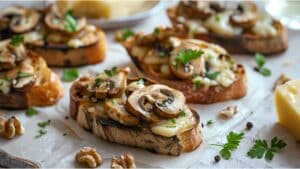Ah, the famous Christmas tree, isn’t it THE obvious sign that the holiday season has arrived! When the time comes to choose a tree, many questions come to mind: what colours for the ornaments? What style? Where should it be placed? But above all: natural or permanent?
Choosing your Christmas tree – making ecological choices
For both natural and factory-made trees, the offer in stores is impressive. You will find Christmas trees in specialized stores of all sizes, more or less bushy and regular. permanent trees are made of different materials that make them look realistic with integrated lights and a choice of different colors. Whether it comes from the forest or is synthetic, there is something for every taste and budget. You will find your tree!
If we think about the environment, what is the best choice?
Natural trees produce oxygen and capture CO2 during their growth, which lasts several years, between 7 and 10 in most cases. Canada is a major producer of Christmas trees. It is possible to find local trees, which reduces their carbon footprint even more. It is also important to remember that fir trees are converted after the holiday season, either to make compost or food for animals; moose are said to love fir trees! What comes from the earth returns to the earth, a great positive point for the natural. However, we are entitled to ask ourselves if it would not be better to leave the trees in their natural habitat so that they continue to play their ecological role rather than cutting them down – as nothing is perfect!
permanent trees are manufactured in factories, often in countries far from ours. So we have to think about the emissions caused by transporting them to our homes, in addition to those caused by their manufacture. However, synthetic trees are much more durable. Contrary to the few weeks of viability of a live tree, the permanent one can last several years if we take good care of it. It is said that to be ecologically equivalent, you should keep your tree for more than 10 or even 15 years. Do you think you can do this? If so, you can consider the permanent tree as an ecological choice.
When the qualities of one become the defects of the other
Natural trees are the opposite of permanent trees. Ask yourself some important questions to help you make the right choice. The question will answer itself:
- Do you want your Christmas tree to have a sweet scent?
- Do you want your tree to be evenly trimmed on all sides, with no imperfections?
- Do you want to change the look of your Christmas decor every year?
- Are you concerned about the flammability of the product?
- Are you prepared to water your tree every day?
- Do you have storage space?
To each its advantages… and disadvantages
Whether you choose a natural or an permanent tree, each requires your attention to stay beautiful. The natural tree needs water to survive until Christmas without losing all its beautiful needles and turning from green to yellow. The first few days, it can absorb up to 4 liters of water. After that, it will take more than a liter, but you must remember to water it every day. In spite of all your good care, it is also necessary to think that it will lose some needles with the passing weeks. For those who want to put up their tree as soon as Halloween is over, chances are that the last days of December will not be the best for your tree.
As for the permanent tree, if you want to keep it for many years, you must store it properly, put it back in its box or in another container and fold the branches carefully to avoid it being all bent out of shape when the time comes to put it back up. It is also necessary to foresee the space to store it, not always obvious in the small spaces. It should not be neglected.
In the end, whether you choose natural or permanent, the important thing is that it is to your liking and that it creates happy memories in the hearts of your loved ones.
Have a great Holidays season!






